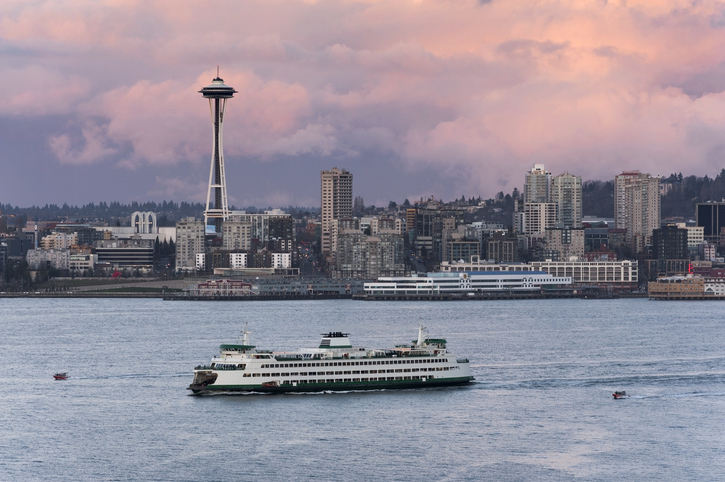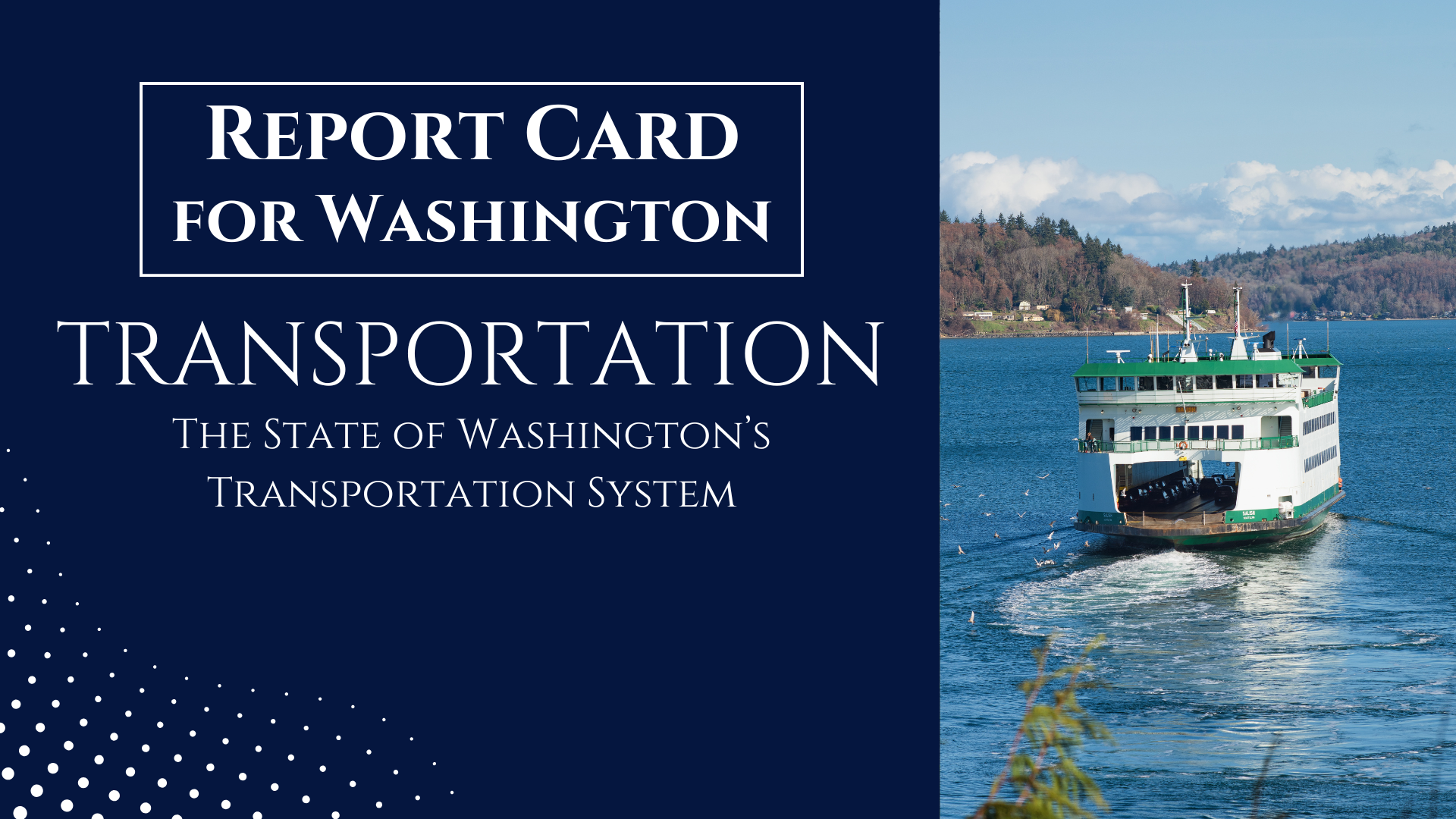Related Articles
Relevant Topics
Delays in restoring service cuts made during the pandemic have again drawn attention to the ferry system’s inadequate fleet and shortage of licensed crew. As WSF Assistant Secretary Steve Nevey explained in a recent interview on KOMO TV, “There is no quick fix”.
The WSF Long Range Plan adopted in early 2019 did not anticipate a “quick fix”, but it did emphasize the steps needed to renew the fleet and recruit additional crew. The plan called for adding seven new ferries by 2027 to replace aging ferries that were due for de-commissioning.
However, Governor Inslee’s executive order directing WSF to accelerate electrification of the fleet has proven problematic. The initial attempt at design and procurement resulted in a vessel that was very heavy and very expensive. The price offered by Vigor Industries shipyard was reported to be around $400 million per ferry, a price that was about 60% over the WSF estimate. Rather than proceeding WSF took a step back and undertook an extensive redesign and a new bidding process.
If the process moves forward on the new timeline WSF will add two new hybrid-electric ferries in time for the 2028 summer season. That means WSF will be unable to fully restore service cut during the pandemic for at least the next three years. It also means a continuing challenge to keep fifty-year-old ferries running beyond the date they had been scheduled for de-commissioning.
As a result, ferry customers should be prepared for service interruptions due to mechanical breakdowns and unplanned maintenance. Aside from the obvious inconvenience, service reductions have also suppressed ridership, which reduces fare revenue. Historically WSF has relied on fare revenue to cover around 75% of operating costs, but since the pandemic that has fallen to about half of operating costs. To compound the budget problem, the lack of crew has resulted in higher overtime expenses and additional expenses for maintaining creaky old ferries. The bottom line is that the legislature will be faced with a larger budget hole when they take up this issue in the 2025 session. It remains to be seen whether the legislature will attempt to address the problem by shifting more funds from elsewhere in the state budget or by recommending fare increases beyond those already approved by the State Transportation Commission. Either way, the fixes wont be cheap, and they won’t be quick.
Here's the link to the story I was interviewed in from KOMO 4 News. And here's the key take-away from the KOMO report:
Charles Prestrud, transportation analyst at the Washington Policy Center and former state transportation and ferries employee, is critical of the timeline.
“But these hybrid electric ferries, the new ones they're hoping to have built, that decision was made in 2018, and they won't enter service until 2028,” Prestrud told KOMO News. That means six years of the process has already passed.
“So, clearly, the process has been problematic, and that has a lot to do with why we don't have enough ferries and why service has been reduced and will continue to be reduced for several years to come,” said Prestrud,





